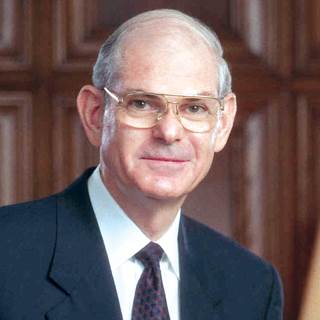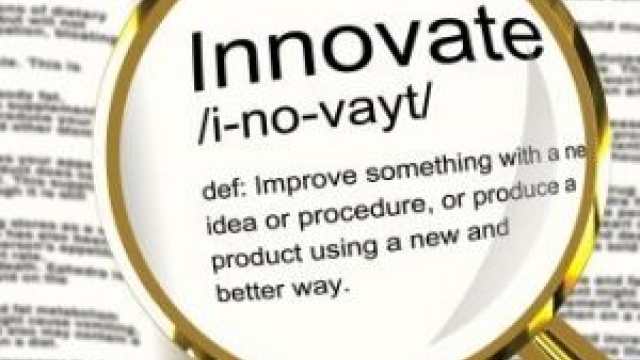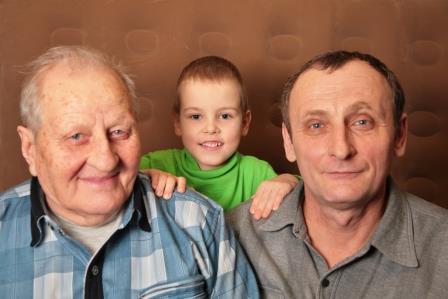There Is A Win-Win Strategic Solution
The potential impact of the emerging minimum wage increase on Senior living is currently unclear. Right now it may be speculation, but it could become very real in the near future. Now is the time to anticipate a future impact and develop an appropriate response. The good news is that regardless of the minimum wage impact on Senior living, there are available practical responses that will have a favorable long run impact for astute owner-operators.
 The minimum wage issue is clearly an ethical dilemma and a real world business challenge. Two conflicting issues are emerging; a legitimate moral and financial concern for lower paid, entry level employees versus a potentially serious fundamental business impact.
The minimum wage issue is clearly an ethical dilemma and a real world business challenge. Two conflicting issues are emerging; a legitimate moral and financial concern for lower paid, entry level employees versus a potentially serious fundamental business impact.
Many feel that modestly increasing the standard of living for lowly paid workers is the right thing to do. But price and profit sensitive businesses with high concentrations of low-cost workers are concerned. Industries like fast food would be dealing with several critical variables like higher prices, possibly a lower customer base, or lower profits. Consideration is also being given to lowering cost by reducing entry level employee counts. Simply stated, the fast-food industry and other businesses may have to reevaluate and adjust their business model.
There are also concerns that if the baseline minimum wage of $7.25 per hour (the current Federal standard), is increased by approximately $1.50 to at least $8.75 per hour, there could also be pressure to increase the hourly wages of other lower paid entry-level employees in an attempt to sustain the current offset from the increased minimum wage. New York, California, Oregon, and Connecticut and Massachusetts have already set their minimum wage higher than $8.75 per hour. Other states already either have an official minimum wage of at least $8.00 per hour or considering similar increases.
How Might This Affect the Senior Living Industry
There is a heavy concentration of entry level workers at a typical independent living or assisted living community. Those entry level positions typically include housekeepers, laundry personnel, cooks, servers, and other dietary employees, as well as drivers, security personnel, some maintenance positions, and healthcare workers.
Let’s look at a typical 110 unit assisted living community with 55 Full Time Equivalent Employees (FTEs). This staffing ratio of 0.5 FTEs per unit is a typical benchmark. The types of lower wage earner workers mentioned earlier totals 43 FTEs. Their current entry level wages range from $11.00 per hour (housekeeper, laundry and some health care support, security and maintenance workers) to $11.70 per hour for CNAs.
There could eventually be pressure by workers, labor unions and other interest groups to attempt to sustain the current offset between minimum wage levels and other entry level worker pay. For example, if the minimum wage is increased by approximately $1.50 per hour, this offset, if also achieved by other workers, will have a significant financial impact on this assisted living community.
A financial sensitivity analysis of this issue revealed the following:
- Annual Payroll Increase of $149,800 or 10.2%
- Total Expense Increase of 4.5%
- Net Operating Profit Margin Decrease of 3.4% (from $1.5 million to $882,450 in net income)
At an 8.0% capitalization rate, the intrinsic value of this community would decrease by approximately $1.9 million. Granted, the potential minimum wage increase impact on other entry level wages involves speculation at this time, but the change is very likely to occur.
There is a viable win-win solution to this potential financial dilemma. The solution involves three basic initiatives: 1) Reducing overall operating expenses, 2) Enhancing revenues and 3) Realizing organic growth through increased occupancy and expanded services within the community. This strategy can be a very significant win-win solution because it addresses both the potential minimum wage financial impact and also improves the community’s long run financial performance.




















